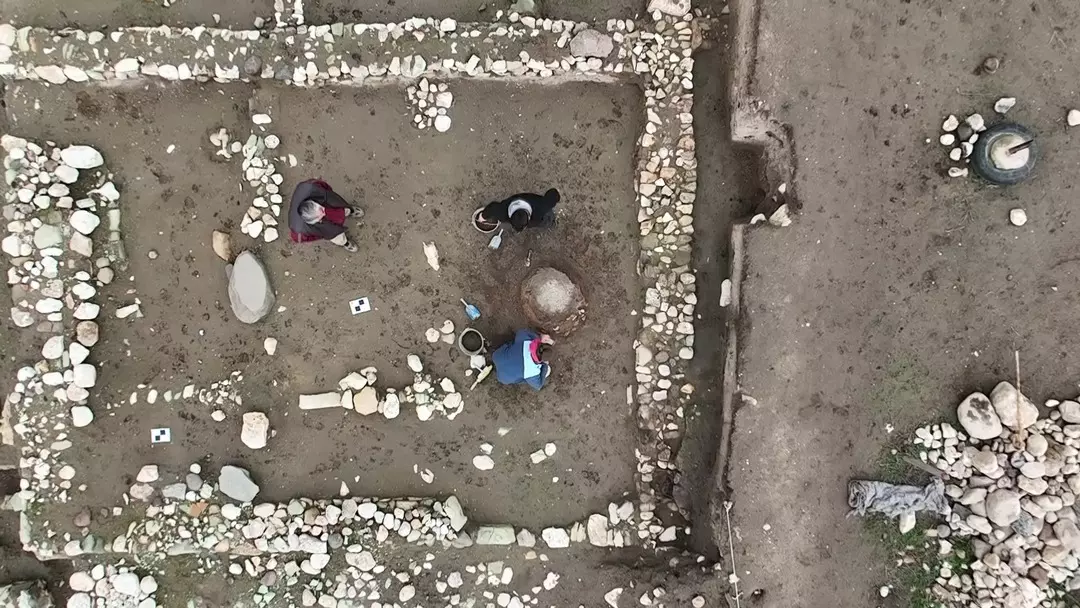Because of the connection between their groups caused by climate change at that time, Neanderthals and Denisovans probably had offspring in common.
A Neanderthal skull and rendering.
The most well-known species of prehistoric human, the neanderthal, sometimes resided in limestone caverns where their bones were well-preserved even after death. Because of this, archaeologists have discovered a far greater number of those bones than those of the Denisovan species, a less well-known but nevertheless significant group of early humans.
After all, a recent study has attempted to explain how the two interbred, and we already know that they did. The optimum circumstances, according to the paper, occurred when the glaciers retreated and warm weather made it possible for temperate woods to unite the species' two realms, which had previously stayed largely isolated.
Where Did the Primitive Humans Dwell?
"Denny," a 90,000-year-old fossil specimen with a Denisovan father and a Neanderthal mother, is the most well-known result of Neanderthal-Denisovan hybridization. Denny, an early human skeleton discovered in Siberia's Denisova Cave, and our own Homo sapiens DNA, both of which contain brief stretches of DNA from the other two early human species, are proof that interbreeding was common.
The Neanderthal and Denisovan ranges were calculated by a team of paleo-biologists and climate scientists from South Korea and Italy using anthropological evidence, genetic information, and supercomputer models of historical temperature conditions. The latter preferred to live in colder environments, such as boreal forests and tundra, whilst the former preferred warmer circumstances, such as temperate woodland and grasslands.
This indicates that their preferred habitats were geographically distinct, with Neanderthals often favoring southwest Eurasia and Denisovans the northeast, according to a statement from Jiaoyang Ruan, a postdoctoral researcher at the IBS Center for Climate Physics.
Events of Major Interbreeding
The team's models also demonstrated that the two ranges might occasionally overlap during milder interglacial eras when the northern hemisphere temporarily warmed. Temperate woodlands would spread east and enter Denisovan territory, providing a route for the species to cross paths and give birth to hybrid offspring.
The dates of expected interbreeding coincide with known interbreeding occurrences that occurred between 78,000 and 120,000 years ago. Additionally, the simulation suggested that earlier ones occurred at 210,000 and 320,000 years ago, albeit neither prediction has been supported by other evidence.
These times of mixing resulted from a change in the Earth's orbit from a circular to a more elliptical one, which intensified the northern hemisphere summers.
How We Know the Denisovans' Residences
Few Denisovan fossils have ever been found, and the scientists had a difficult time estimating the hominin's broad range.
Pasquale Raia, a professor of paleontology and paleoecology at the University of Naples, says in a statement, "We had to develop new statistical tools which could also account for known ancestral relationships amongst human species." "This gave us the first chance to make an educated guess about where Denisovans might have resided. We were shocked to discover that, in addition to regions in Russia and China, northern Europe would have also provided a good climate for them.







